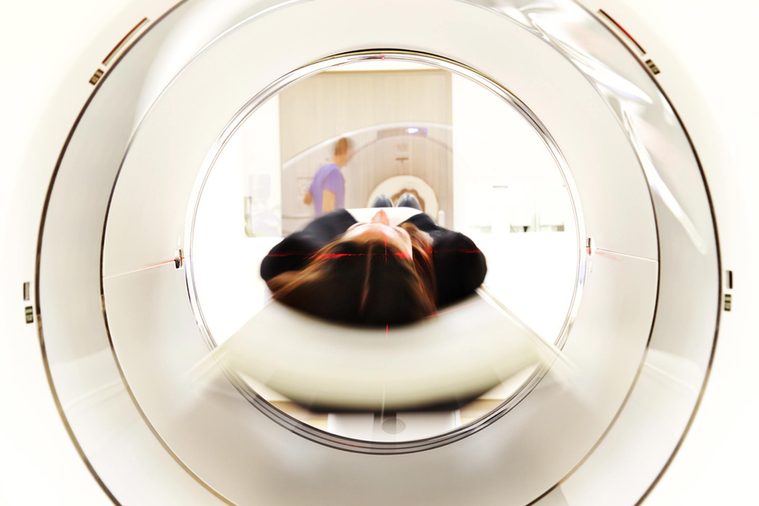
New treatments are saving lives
The cancer death rate has declined 23 percent since its peak in 1991. Right now, America’s biopharmaceutical companies are working on more than 800 cancer medicines. “If you walk the corridors of any hospital studying cancer today, the excitement is palpable,” says Daniel Haber, MD, PhD, the director of Massachusetts General Hospital Cancer Center and a professor of oncology at Harvard Medical School in Boston. Check out these groundbreaking new developments in cancer research.
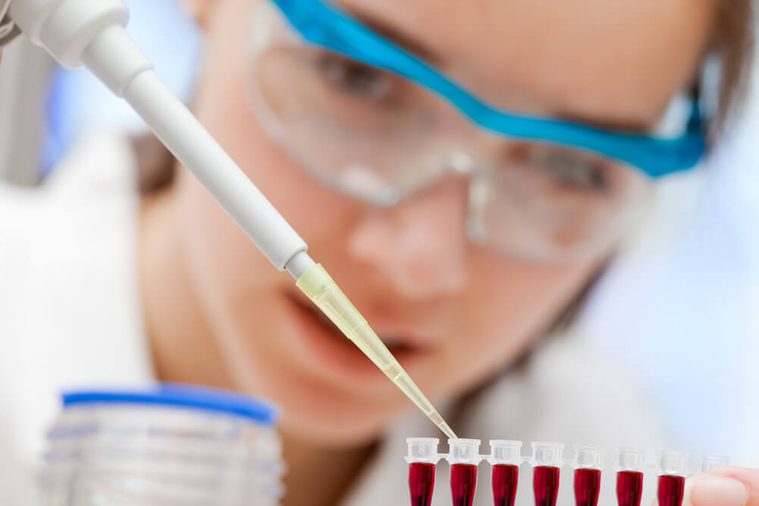
Please ask for genetic screening
“One of my early ovarian cancer patients told me her mom and grandma had both died of ovarian cancer, yet her doctor had never said, ‘Have you considered genetic testing?’” recalls Elizabeth Swisher, MD, a gynecologic oncologist at the University of Washington. “By the time she came to me, it was too late. But before she died, I tested her to identify the mutation that had caused her cancer. Afterward, I helped her daughter get that same test and removed her ovaries as a preventive measure. She’ll likely be the first person who doesn’t die of cancer in four generations of women in her family.” These are ovarian cancer symptoms you might overlook.
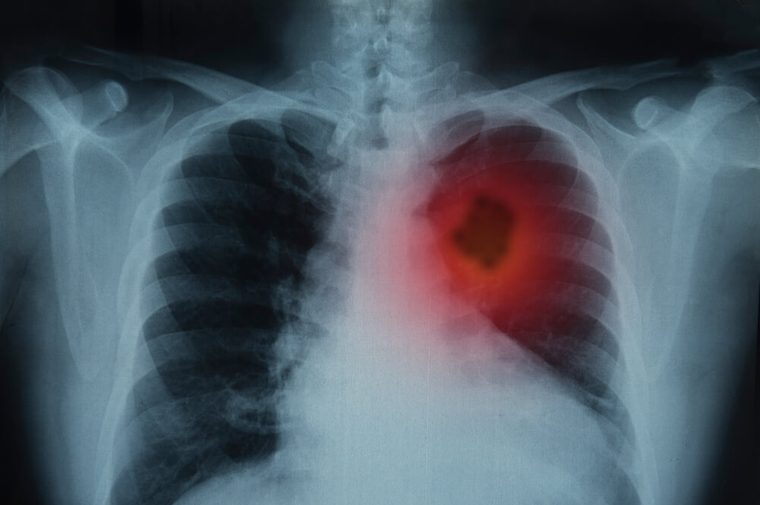
Therapies targeting a cancer’s individual profile are working
By decoding the thousands of genes in someone’s cancer cells, scientists can find out which mutations they carry and then match the important mutations to the right drugs. Dr. Haber began investigating this method a decade ago, when he read the story of a nurse who’d never smoked but had metastatic lung cancer: “She got into a clinical trial for a new targeted therapy [called Iressa]. It was failing, but for 10 percent of participants, it worked magically. She happened to be in that magical 10 percent. We found a gene called EGFR in her tumor and in the other patients who had responded well.” Today, targeted drug therapy is routinely used for many types of cancer, including lung, breast, colon, and melanoma.
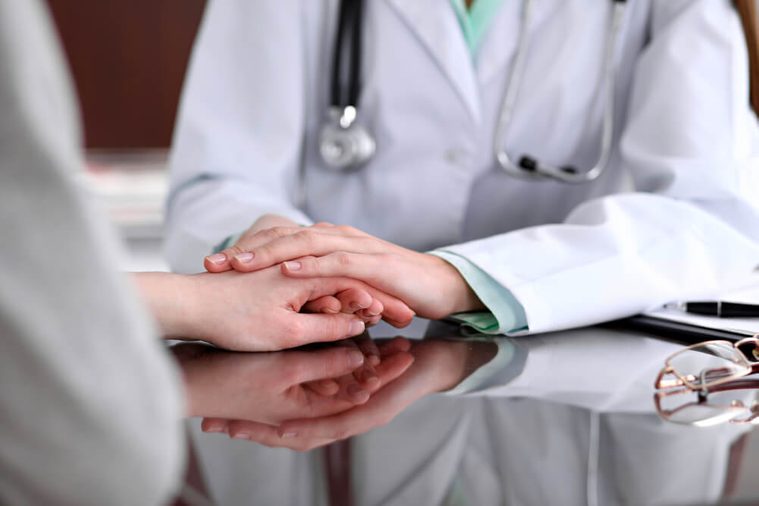
Every patient should ask about getting his or her tumor profile
“We had an 11-year-old girl with a rare form of leukemia go through chemotherapy four times—yet her cancer kept coming back,” says Arul Chinnaiyan, MD, PhD, a pathologist at the University of Michigan. “Finally, we sequenced her tumor cells, and we found a genetic mutation that we knew was sensitive to a particular compound. We gave that drug to her, and she went into remission for more than 18 months. As we develop more and more targeted therapies, there will be hundreds of stories like that.”
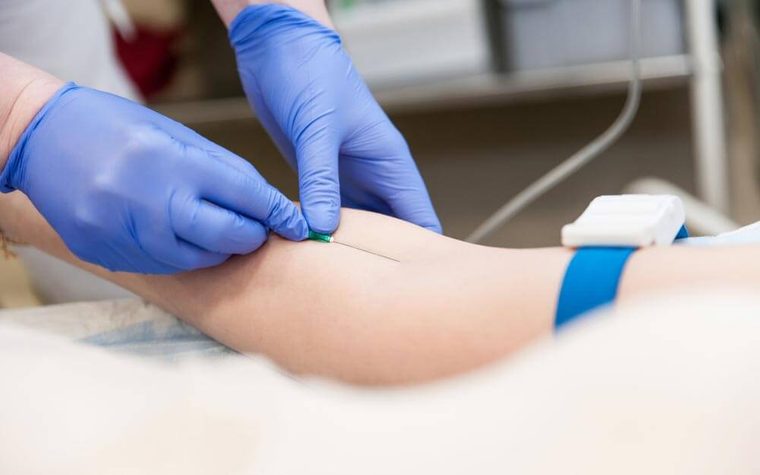
We hope a “liquid biopsy” will replace needle biopsies
In a development that may revolutionize cancer screening, scientists have developed a blood test that can identify biomarkers for a variety of stage I cancers in the bloodstream. “The same technology that can find your DNA at a crime scene can find a cancer’s DNA in your body,” says William G. Nelson, MD, PhD, director of the Sidney Kimmel Comprehensive Cancer Center at Johns Hopkins University in Baltimore, Maryland. Cancer centers are already exploring the use of the tests, but the hope is that one day, a simple blood draw at your annual physical would detect cancer before you show any symptoms.
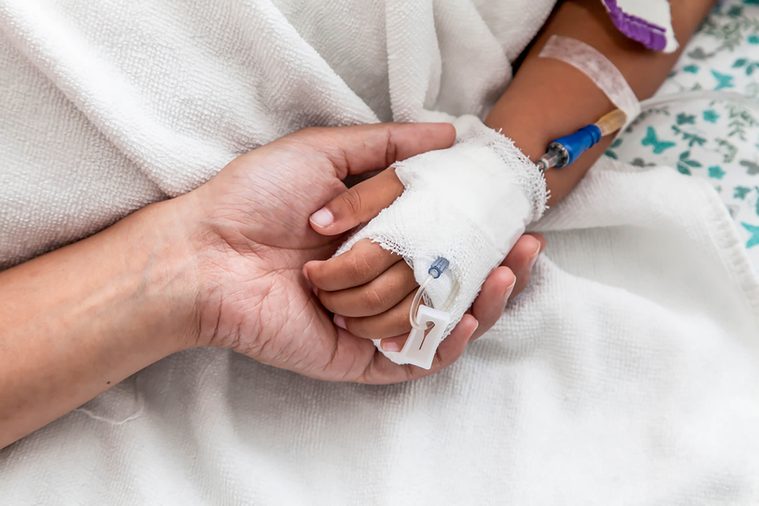
We can help your immune system kill your tumor
Cancer cells use a type of “brake” to turn off your immune system’s natural response. Immunotherapy drugs release that brake, enabling the immune system’s T cells to attack. The results have been staggering. In clinical trials, for example, almost 5,000 stage IV melanoma patients who weren’t expected to live more than a year or two were given three immunotherapy drugs. Three years later, 20 percent were still alive. “Many patients from that trial have now lived more than a decade with no sign of disease,” says Tak Wah Mak, PhD, an immunologist and molecular biologist at the Princess Margaret Cancer Centre in Toronto, Ontario. “It’s a miraculous thing.” The FDA has since approved more than a dozen different immunotherapy agents for a range of cancers.
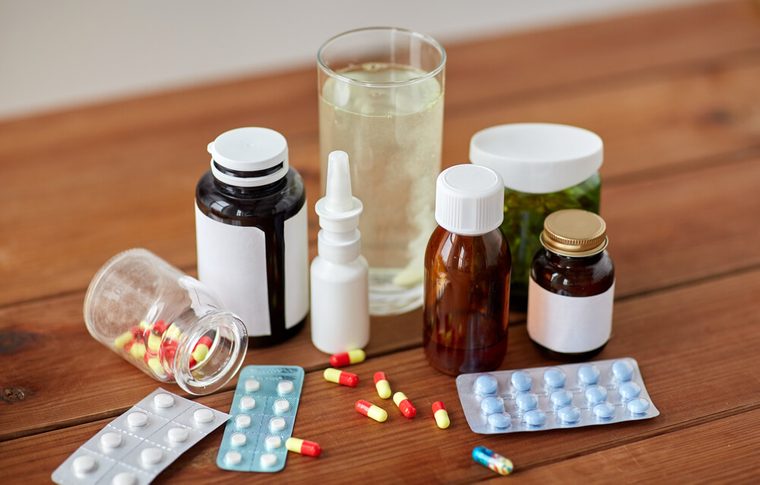
Drug combinations may be a patient’s best bet
“If we come in with just one drug, the cancer can mutate around it or become resistant,” Dr. Chinnaiyan says. “But we’re finding that using a cocktail of drugs—similar to the treatment HIV-infected patients receive—can be more effective.” Learn the truth behind 29 things you think cause cancer, even though they don’t.
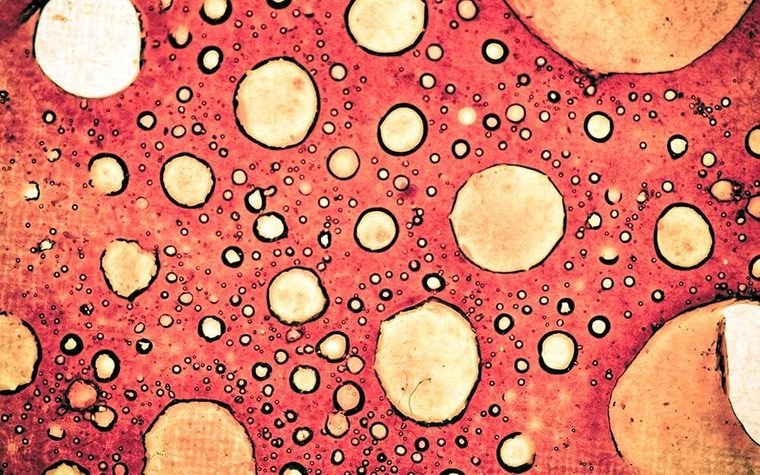
Viruses are among our most secret weapons
“When we put a virus into a tumor, it makes cancer cells think they’re infected, so they commit suicide or display new antigens that signal your immune system to come in for the kill,” says Peter Jones, PhD, chief scientific officer of Van Andel Research Institute in Grand Rapids, Michigan. The FDA recently approved a genetically engineered form of the herpes virus to treat melanoma. And at Duke University in Durham, North Carolina, scientists are fighting brain cancer by injecting tumors with a genetically modified polio virus. Now Jones and his colleagues are working on a solution for tumors that can’t easily be injected: epigenetics, a process that wakes up ancient viruses that are embedded in our human DNA. “We are making tumors visible [to your immune system] by turning on the viruses that are already there,” Jones says. Early research indicates that combining epigenetics with immunotherapy drugs may be particularly effective.
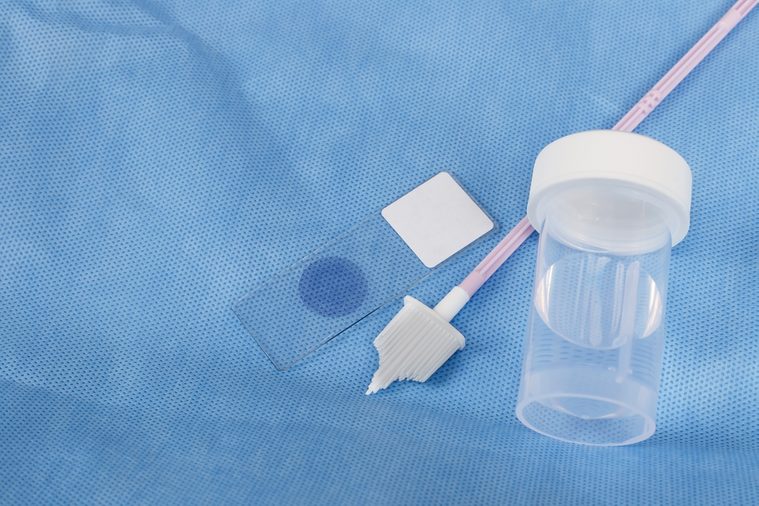
Coming soon (we hope): a Pap smear that can detect ovarian cancer
“We have developed a test that can find genetic markers of ovarian and endometrial cancers in the cervical fluid collected during a routine Pap test,” says Dr. Nelson. The research is in its early stages, but it’s an exciting development because ovarian cancer kills more than 14,000 women a year, often because it’s diagnosed too late. Until then, these are 30 simple ways you can prevent cancer.
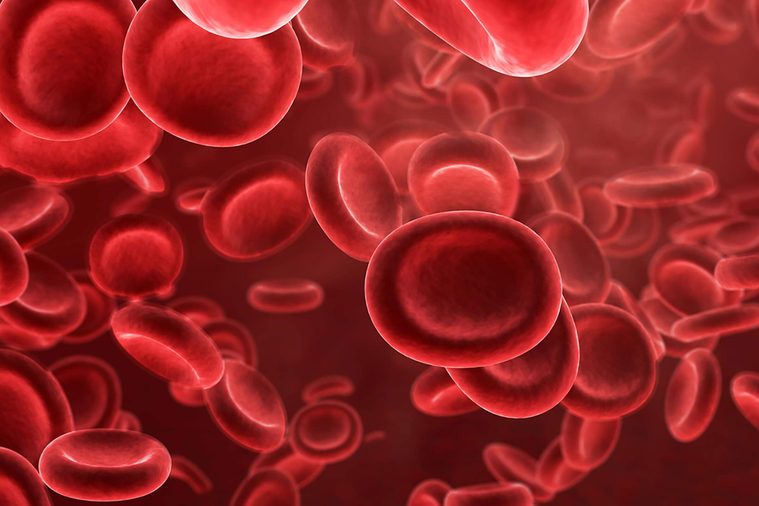
We’ve built a chip that can find runaway tumor cells
Cancer experts have known for 100 years that malignant cancers send free-floating cells into the bloodstream, creating new tumors in other parts of your body. But because there is about one circulatory cancer cell for every one billion blood cells, we haven’t been able to capture the rogue cells—until now. “We have a device that can pull out those cells so pathologists can study them,” Dr. Haber says. “That’s important because the reason most people die of cancer is that it spreads to other places.”
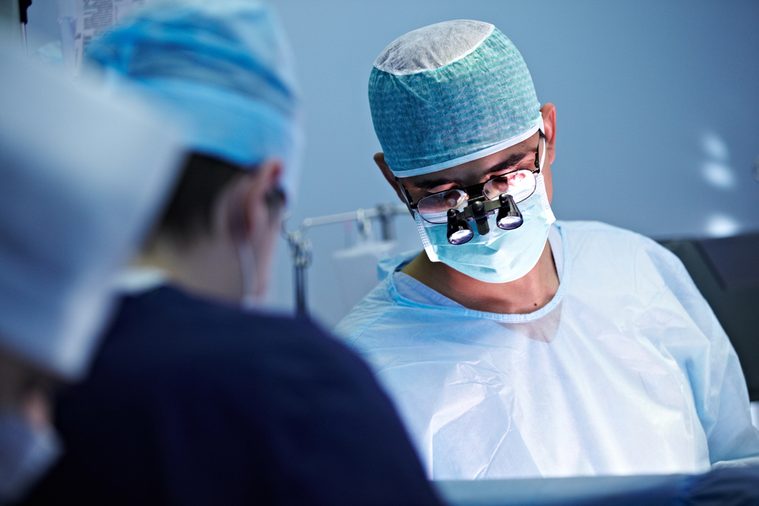
Diagnosed? Make sure you see a medical oncologist as well as a surgeon
“Surgeons have a financial incentive to recommend surgery,” Dr. Swisher says. “Many of us believe that’s part of the reason for the huge increase in double mastectomies in the United States.” (The rate has tripled over the past decade; more moderate treatments like lumpectomy that preserve the breast can be equally effective.) A medical oncologist can talk to you about the pros and cons of surgery and can share other alternatives such as treatment with just drugs and radiation, chemotherapy, and more frequent screening.

Please make this simple change to your diet
If you’re overweight or diabetic, you’re much more likely to get dangerous cancers. Many researchers believe that eating too much sugar and rapid-release carbohydrates is particularly dangerous. “Sugar makes your insulin levels spike, and insulin activates P13K, an enzyme that we have learned is a major player in many human cancers,” says Lewis Cantley, PhD, director of Weill Cornell’s Meyer Cancer Center in New York, New York. “The evidence is strong enough that I try to avoid processed foods, especially those with added sugars.” Instead, eat more of these 30 foods proven to prevent cancer.
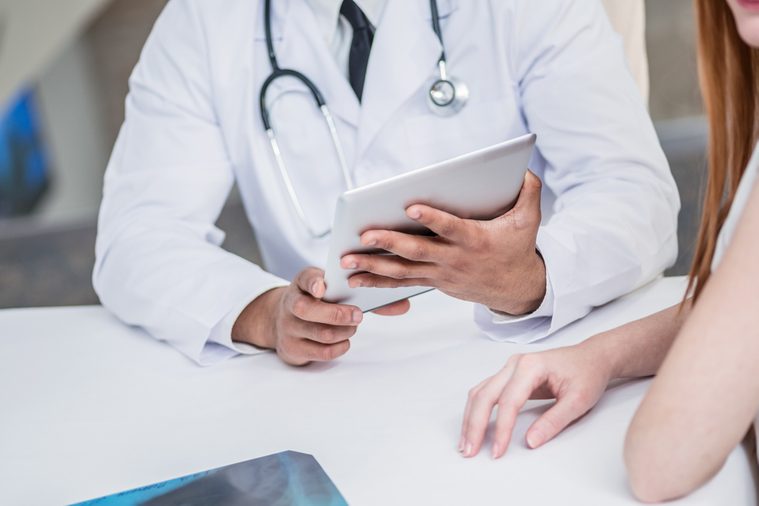
For many of us, this is personal
“I decided to become a medical oncologist when I was 16 years old, after I’d lost both my parents to cancer,” says Patricia LoRusso, DO, associate director for innovative medicine at Yale Cancer Center in New Haven, Connecticut. “I wanted to go after the thing that had destroyed my childhood.” Adds Dr. Jones, “I think about my research when I’m in the shower, while I eat lunch, and before I go to bed at night. I dream of actually making an impact on the survival rate of the disease.”
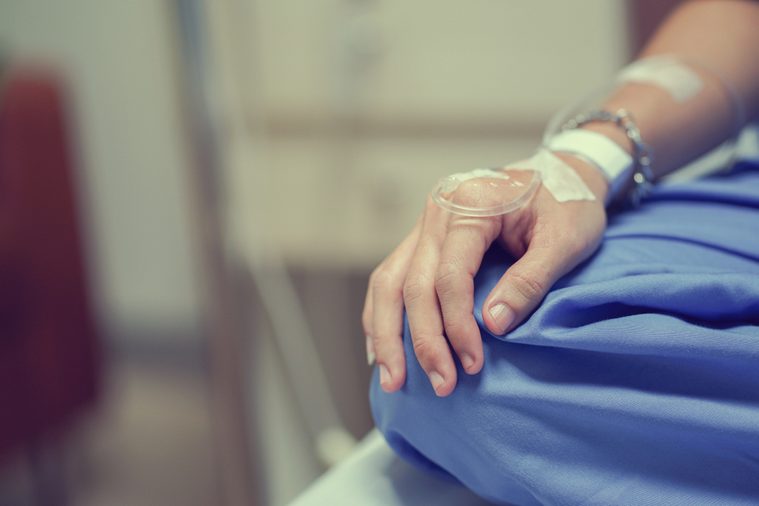
Clinical trials are the best way to get access to the latest treatments
Remember, if you’re in the “placebo” group, you won’t be taking sugar pills, says Dr. Cantley. Instead, you’ll get “the standard of care,” that is, the same treatment you would get if you didn’t enroll in the trial. If you’re not in the placebo group, you get the standard treatment plus whatever compound we’re testing. And when we find that a therapy is particularly effective, we often transition the trial to a “crossover” study, which allows every patient to receive the study drug.

Sorry, naturopathic remedies are not a cure
They have websites that look so scientific and claim clinical trials, but because they’re not evaluated by the FDA for safety or effectiveness, they can make any claim they want, says Dr. Swisher. “I had a patient who bought into a treatment where they filtered his urine and infused it back into him by IV,” she said. “Another was getting ‘ozone therapy.’ She came in hooked up to a gas tank that was taller than her; it was pumping gas into her belly.” Not only do these naturopathic remedies not cure cancer, a lot of them also interfere with real cancer treatment that could work. If it sounds too good to be true, it probably is. Don’t fall for these other 50 myths about cancer doctors wish you’d stop believing.
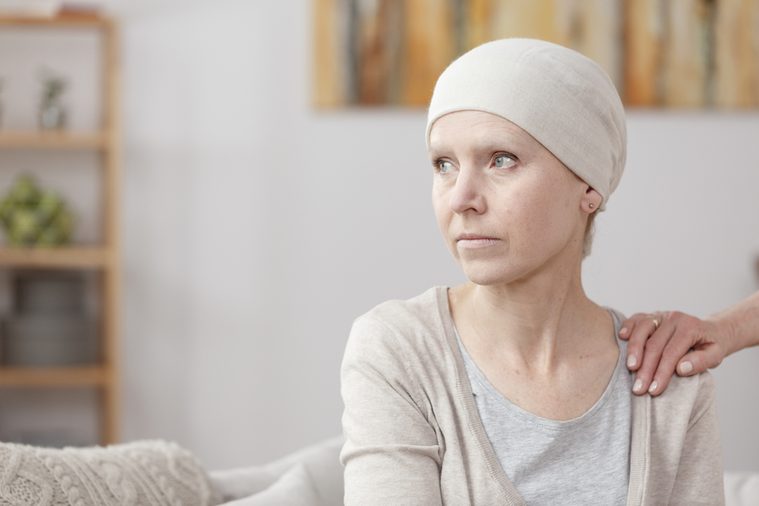
Seek out a cancer center
This is especially important if you’ve been diagnosed with a late-stage or incurable cancer. So much is changing so fast that it’s important to have access to the latest technologies, treatments, trials and medicines, and cancer centers are where you can find those things, says Dr. Cantley. Look for an institution that has a lot of experience with your specific type of cancer or, even better, one that has published research on it.

Cancer is no longer a death sentence
“My dad got lymphoma when he was 76,” says Daniel Von Hoff, MD, physician-in-chief and director of translational research at the Translational Genomics Research Institute in Phoenix, Arizona. “He said, ‘I don’t want to be treated. I’ve lived a good life, and I know most people who get cancer die.’ I told him that wasn’t true anymore, but he wouldn’t listen. Finally, out of exasperation, I said, ‘Dad, I’m a cancer researcher. If you die, I’ll look bad.’ He relented, got treated, and went into remission. That was 18 years ago. He’s now 94 and still doing well.” Here are hopeful statistics about cancer everyone should know.
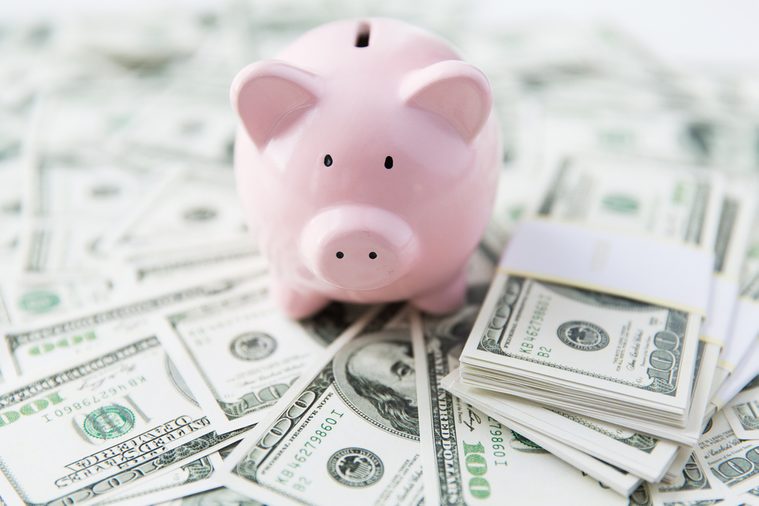
We are spending less money, not more, fighting cancer
With the exception of a one-time increase in 2009, the federal investment in cancer research (when adjusted for inflation) has been stagnant for more than a decade. At the same time, the cost of conducting research has escalated, says Dr. Haber. So a lot of good projects don’t get funded.
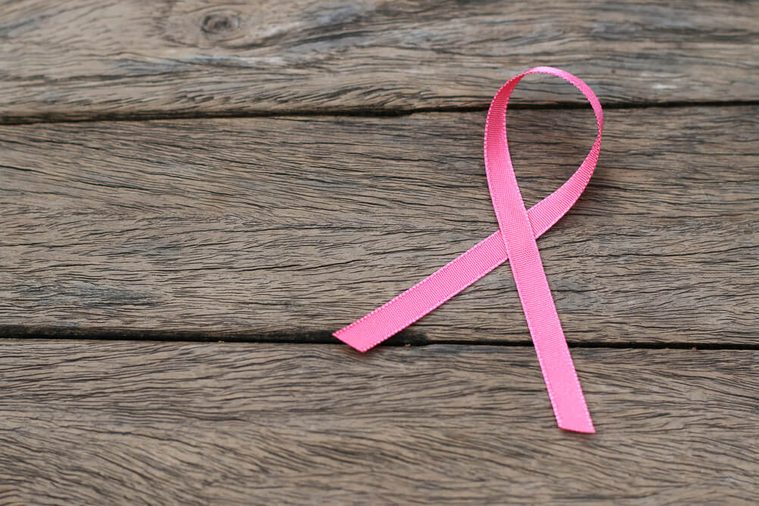
Cancer is not one disease
It’s actually more than 100 unique diseases, each with dozens of genetic subsets, says Dr. Chinnaiyan. Even cancers that arise in the same part of the body can have different genetic fingerprints. Breast cancer, for example, is really at least ten different kinds of cancer that respond to different targeted treatments. Make sure you know the simple habits that will help prevent breast cancer.
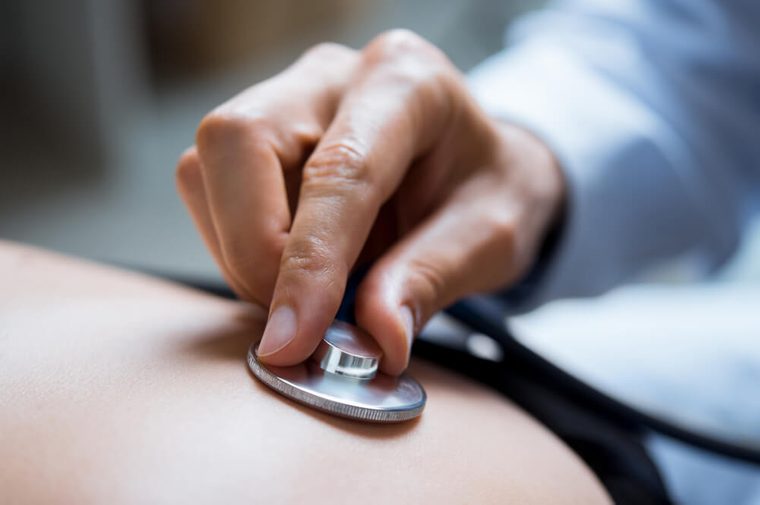
Learn your family history
Knowing your family cancer history is more important than ever—especially if you have more than one relative with cancer (on either side of your family). Why? Because we now know that about 5 to 10 percent of all cancers are inherited. Genetic tests today can screen you for every known hereditary cancer gene, says Dr. Swisher. “Finding out you have a mutation is not a death sentence; it’s a call to action,” she says. “Once you know you are at risk, the right interventions and screenings can literally keep you from getting cancer. It is so frustrating to me when people die of hereditary cancer and I think, ‘This was preventable.’” Find out 15 more things oncologists do to prevent cancer.
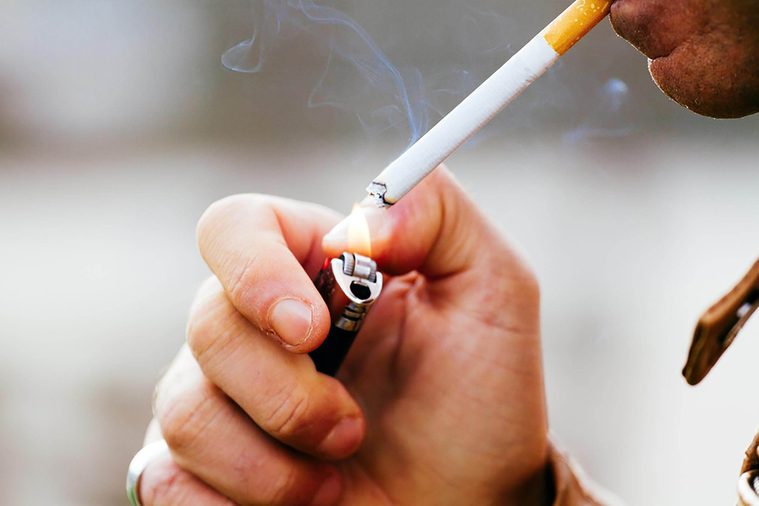
We focus too much on treatment, not enough on prevention
The vast majority of available research funds are spent on developing treatments, with only a fraction focused on prevention. Yet at least 21 percent of U.S. cancer deaths may be related to preventable causes, such as smoking and obesity, according to the CDC; other research indicates the figure is closer to 50 percent. Start with these other 37 ways to cut your risk of cancer.